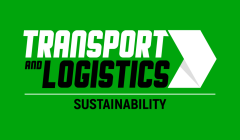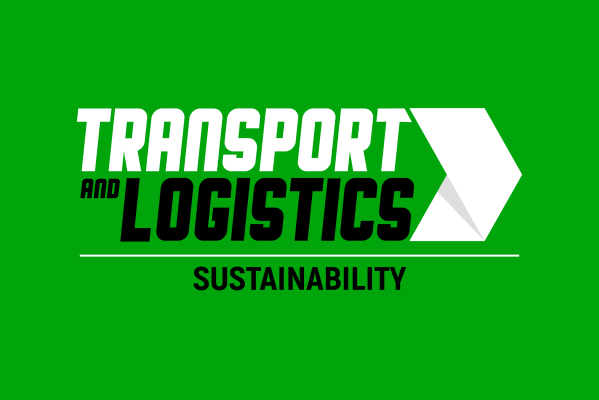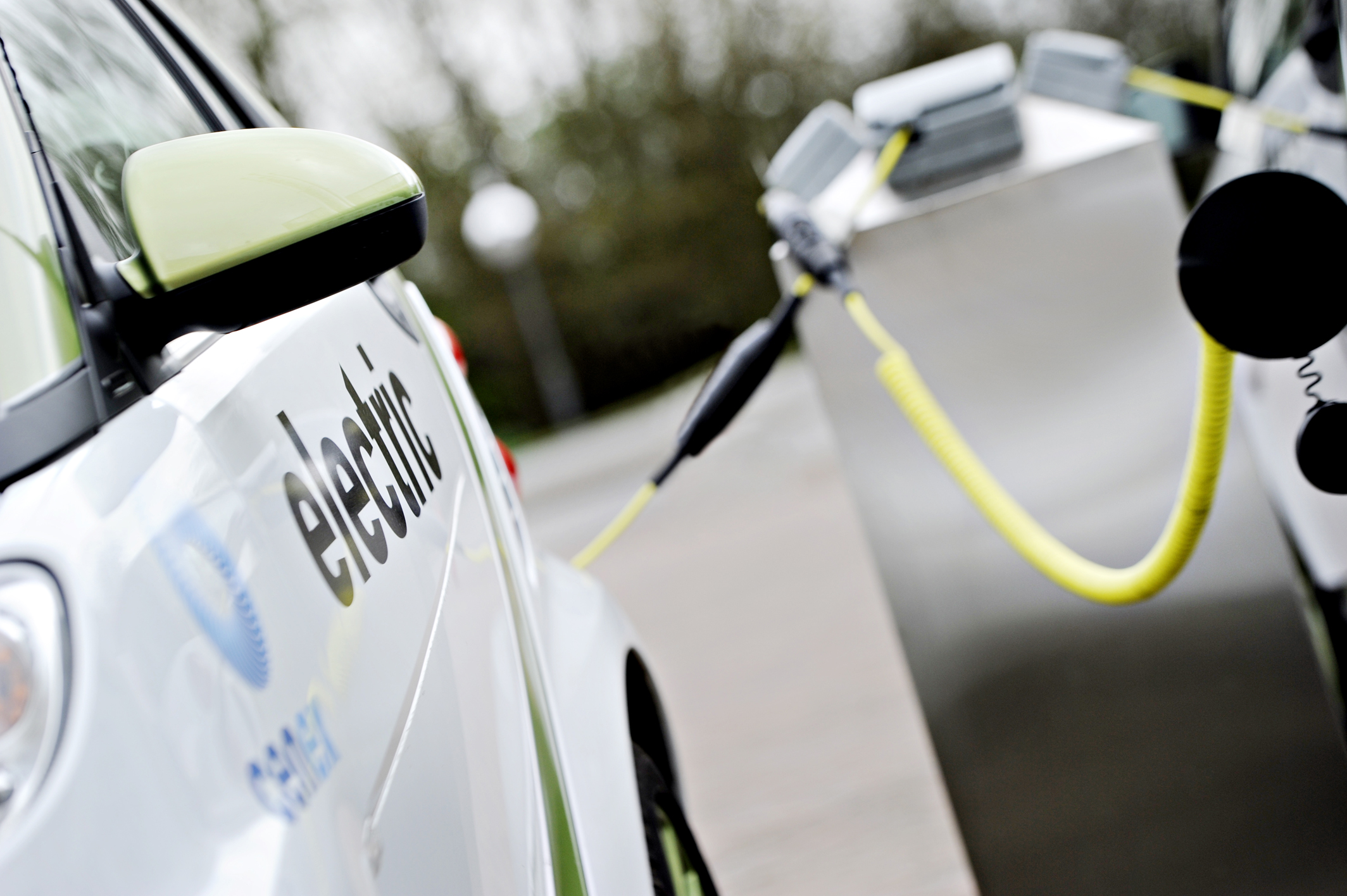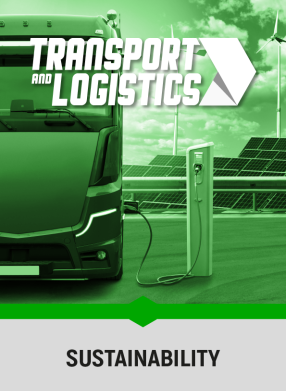The UK’s first Centre of Excellence for low carbon technologies, Cenex, today announced that it has been chosen as a partner in the SEEV4-City project part funded by the Interreg North Sea Region Programme.
The SEEV4-City project will aim to support the transition to a low carbon economy in European Cities, by combining electric transport, renewable energy and smart energy management.
It is an innovative scheme that aims to explore the use of electric vehicles (EVs) to support energy infrastructure through vehicle-to-grid (V2G) charging, and through the use of EV batteries as short term storage for renewable energy.
Working with 13 partners throughout the continent, Cenex will lead the coordination of the SEEV4-City operational pilots in five cities in Europe – Leicester/Loughborough, Kortrijk, Amsterdam, Hamburg and Oslo.
The project will aim to deliver the following outputs:
150 tonnes CO2 avoided annually across the operational pilots
25% increase in energy autonomy across the work packages
€100million saved on grid investment over 100-years across the operational pilots.
Furthermore, Cenex will be directly managing the implementation of the Leicester/Loughborough pilot, and will have responsibility for the analysis of findings throughout the five participating cities to make the business case for V2G, in the hope of future large-scale roll outs throughout Europe and the UK.
The SEEV4-City pilot partners include Cenex, Hogeschool van Amsterdam, Amsterdam ArenA, Katholieke Universiteit Leuven, Avere, Polis, Leicester City Council, Northumbria University, Oslow City Council, and e8energy.
Working in conjunction, Cenex will hope to build upon the existing body of research into how cities can use V2G technology to make clean and efficient electric-powered transportation possible by allowing EVs to power, and be powered by, the grid.
Robert Evans, CEO at Cenex, said, “Cenex is delighted to work alongside the Interreg North Sea Region Programme and a distinguished group of partners to explore the practical implications of V2G technology in Europe’s cities to accelerate the continent’s move to clean energy.”












